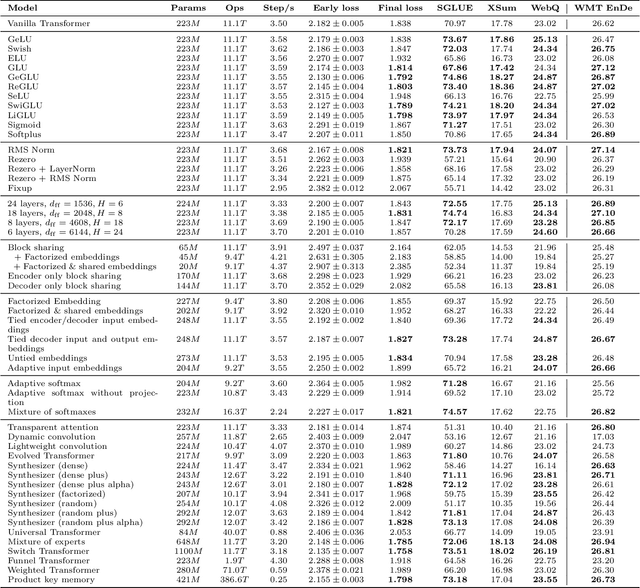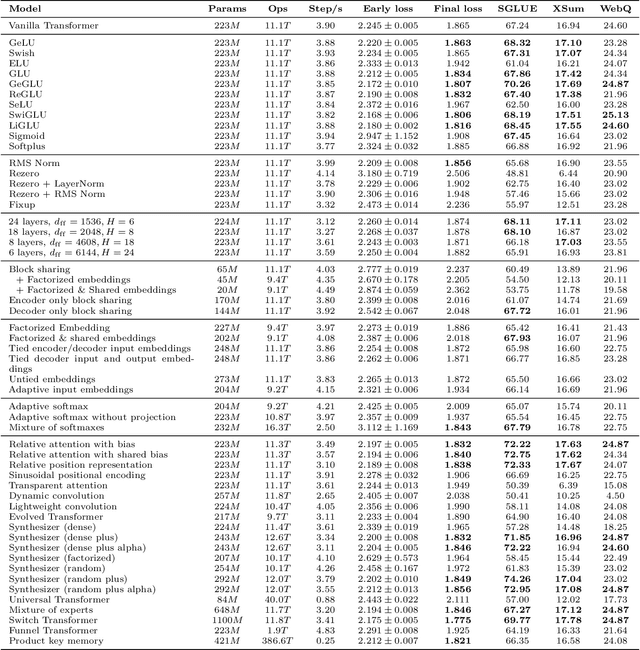Karishma Malkan
Test of Time: A Benchmark for Evaluating LLMs on Temporal Reasoning
Jun 13, 2024Abstract:Large language models (LLMs) have showcased remarkable reasoning capabilities, yet they remain susceptible to errors, particularly in temporal reasoning tasks involving complex temporal logic. Existing research has explored LLM performance on temporal reasoning using diverse datasets and benchmarks. However, these studies often rely on real-world data that LLMs may have encountered during pre-training or employ anonymization techniques that can inadvertently introduce factual inconsistencies. In this work, we address these limitations by introducing novel synthetic datasets specifically designed to assess LLM temporal reasoning abilities in various scenarios. The diversity of question types across these datasets enables systematic investigation into the impact of the problem structure, size, question type, fact order, and other factors on LLM performance. Our findings provide valuable insights into the strengths and weaknesses of current LLMs in temporal reasoning tasks. To foster further research in this area, we are open-sourcing the datasets and evaluation framework used in our experiments: https://huggingface.co/datasets/baharef/ToT.
Do Transformer Modifications Transfer Across Implementations and Applications?
Feb 23, 2021


Abstract:The research community has proposed copious modifications to the Transformer architecture since it was introduced over three years ago, relatively few of which have seen widespread adoption. In this paper, we comprehensively evaluate many of these modifications in a shared experimental setting that covers most of the common uses of the Transformer in natural language processing. Surprisingly, we find that most modifications do not meaningfully improve performance. Furthermore, most of the Transformer variants we found beneficial were either developed in the same codebase that we used or are relatively minor changes. We conjecture that performance improvements may strongly depend on implementation details and correspondingly make some recommendations for improving the generality of experimental results.
WT5?! Training Text-to-Text Models to Explain their Predictions
Apr 30, 2020



Abstract:Neural networks have recently achieved human-level performance on various challenging natural language processing (NLP) tasks, but it is notoriously difficult to understand why a neural network produced a particular prediction. In this paper, we leverage the text-to-text framework proposed by Raffel et al.(2019) to train language models to output a natural text explanation alongside their prediction. Crucially, this requires no modifications to the loss function or training and decoding procedures -- we simply train the model to output the explanation after generating the (natural text) prediction. We show that this approach not only obtains state-of-the-art results on explainability benchmarks, but also permits learning from a limited set of labeled explanations and transferring rationalization abilities across datasets. To facilitate reproducibility and future work, we release our code use to train the models.
 Add to Chrome
Add to Chrome Add to Firefox
Add to Firefox Add to Edge
Add to Edge